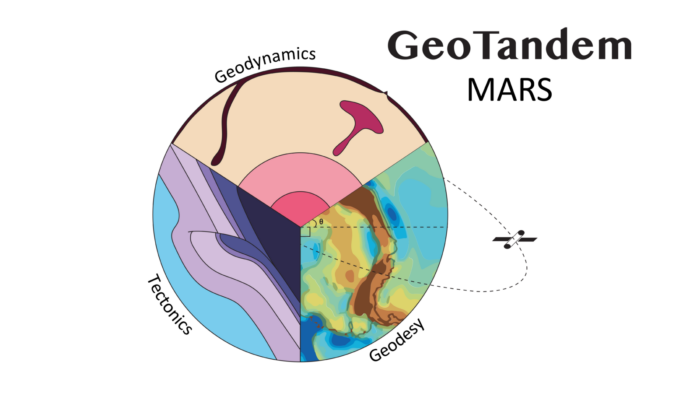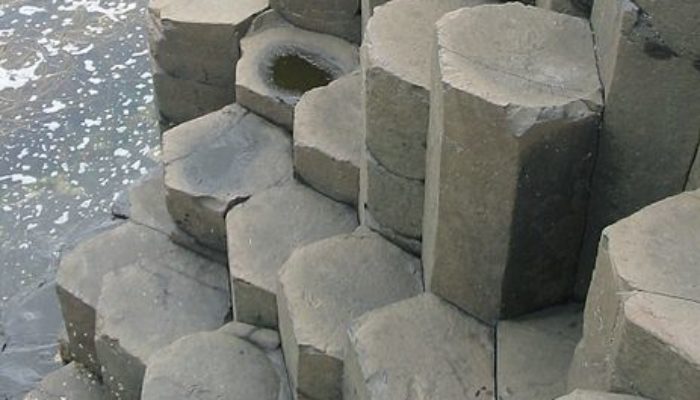Welcome to the first of its kind, the Geotandem 01! A collaborative series between EGU divisions. Interdisciplinarity is intrinsic to Geosciences, so we want to showcase how researchers approach the same topics from different but also complementing perspectives. In each edition, we will bring you a high-interest topic for the community seen from the eyes of diverse disciplines. Today, the Tectonic ...[Read More]
Remembering Janos Urai – A master of all scales

As many will know, on Sunday, 28 May 2023, one of the most prominent, energetic and valued members of the Tectonics and Structural Geology community, Emeritus Professor Janos Urai, was lost in a tragic climbing accident in Belgium. Here we remember Janos for the amazing scientist that he was and for the huge legacy that he has left, in the form of his own transformative contributions and the inspi ...[Read More]
Features from the Field: Columnar Basalts and why Hexagons are nature’s favourite shape
What does an insect eye, Saturn’s North pole, beeswax, and a rock formation called columnar basalts all have in common? They are all hexagonal in shape. Why is this the case? Hexagons are the most efficient way to fill a space with the least amount of material The science of bubbles and bubble sculptures is very interesting and I do encourage you to go check out some other blogs that talk ab ...[Read More]
The ECS TS team, and their activities between GAs
As member of the EGU Tectonics and Structural Geology (TS) Early Career Scientist (ECS) Representative team, and with the outlook of the first hybrid EGU General Assembly (GA), I take the opportunity to highlight some of the activities and news of the ECS TS team. The ECS TS team has been very active all year round between last year’s #vEGU21 and the upcoming #EGU22 General Assembly. The activitie ...[Read More]
Features from the Field: Dikes and Sills
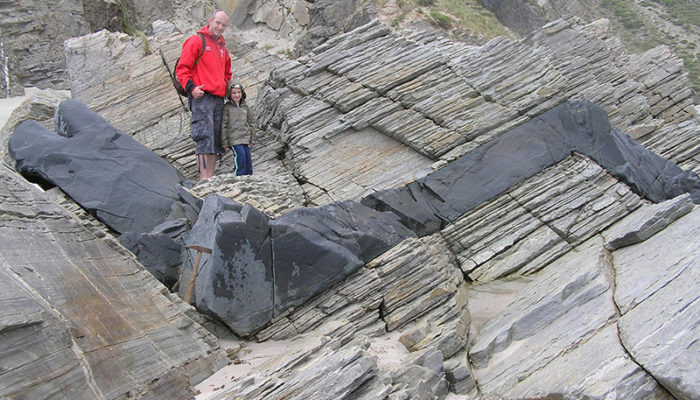
Volcanoes are everywhere along plate margins and on hot spots on the planet’s surface. Just in the past 2 years, we have witnessed enormous explosive eruptions such as that of the Hunga Tonga volcano which released an amount of energy equivalent to hundreds of atomic bombs, and massive lava flows, as at the Cumbre Vieja at La Palma, which was estimated to have a total volume of 80 million cubic me ...[Read More]
Features from the Field: Sheath Folds
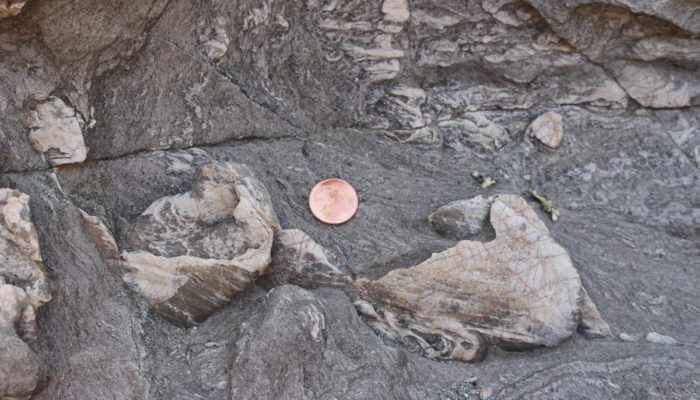
Shear zones are areas of intense deformation that localize the movement of one block of the crust with respect to another. In previous posts, we have seen that shear zones contain some very deformed rocks called mylonites, lineations that tell us the direction of movement, and useful kinematic indicators, such as S-C fabrics, that allow geologists to understand which way the rocks moved. However, ...[Read More]
Features from the Field: Stretching Lineations
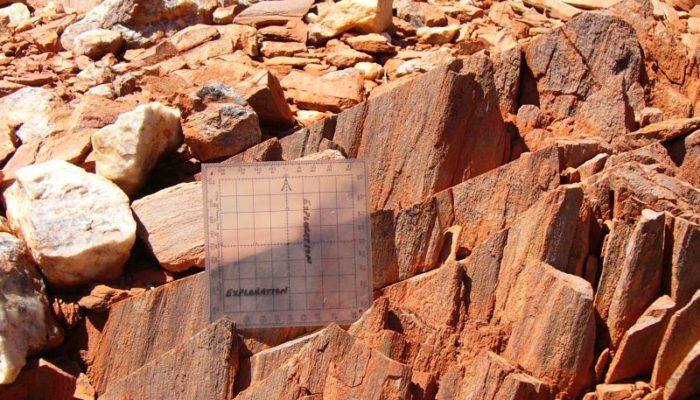
Deep beneath our feet, deformation of rocks at high temperature produces impressive structures such as shear zones, that localize the movement of two volumes of rock with respect to one another. Shear zones are strongly deformed bands with strongly foliated structures (i.e., with rocks that look like a pile of leaves) and kinematic indicators, such as S-C fabrics, that tell us geologists which way ...[Read More]
Features from the Field: S-C fabrics
As we have seen in previous Features from the field posts, structural fabrics are both informative and spectacular. But many structural geologists will list a shear zone fabric, such as mylonite, as their favourite! As Samuele, Hannah and I wrote in a previous post, shear zones are regions of intense deformation where rocks have accommodated an extremely high amount of strain and that strain has b ...[Read More]
The ECS TS team, or what happens between GAs
As the EGU Tectonics and Structural Geology (TS) Early Career Scientist (ECS) Representative, and with the outlook of a second virtual general assembly, I take the opportunity to: (i) provide in two following blogposts, some general guidelines and advice to EGU TS attendees, presenters, and conveners, as recently informed by several blog posts in the EGU-Wide blogs, and (ii) highlight some of the ...[Read More]
Features from the Field: Shear Zones and Mylonites
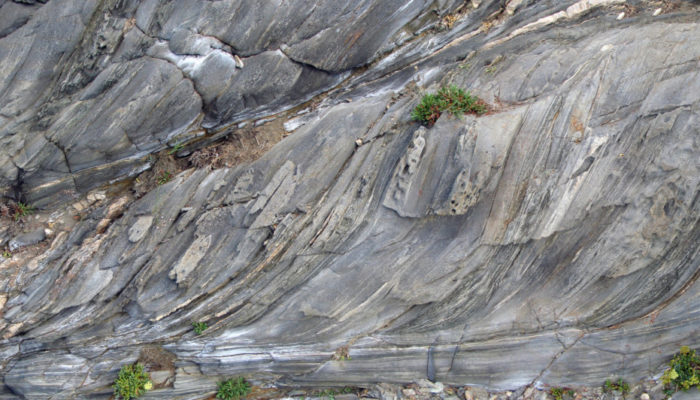
The San Andreas Fault in California, the Alpine Fault in New Zealand, or the Main Frontal Thrust in the Himalayas are some of the most famous and largest fault zones that accommodate the relative displacement between two adjacent crustal blocks. Such faults, however, represent only the shallower expression of something much bigger: a crustal shear zone. In the first 10 kilometers or so of the crus ...[Read More]

